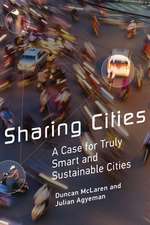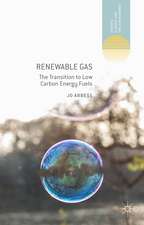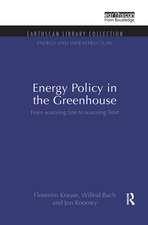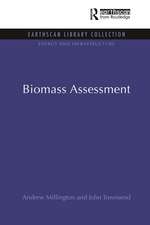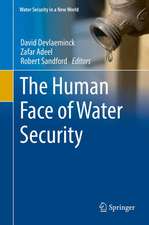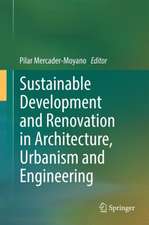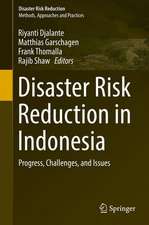Urban Landscapes: Environmental Networks and the Quality of Life
Autor Massimo Sargolinien Limba Engleză Paperback – 2 ian 2013
Preț: 384.86 lei
Nou
Puncte Express: 577
Preț estimativ în valută:
73.64€ • 77.16$ • 60.88£
73.64€ • 77.16$ • 60.88£
Carte tipărită la comandă
Livrare economică 11-25 aprilie
Preluare comenzi: 021 569.72.76
Specificații
ISBN-13: 9788847028791
ISBN-10: 8847028795
Pagini: 204
Ilustrații: XXIII, 177 p.
Dimensiuni: 155 x 235 x 11 mm
Greutate: 0.34 kg
Ediția:2013
Editura: Springer
Colecția Springer
Locul publicării:Milano, Italy
ISBN-10: 8847028795
Pagini: 204
Ilustrații: XXIII, 177 p.
Dimensiuni: 155 x 235 x 11 mm
Greutate: 0.34 kg
Ediția:2013
Editura: Springer
Colecția Springer
Locul publicării:Milano, Italy
Public țintă
ResearchCuprins
Introduction.- Part I The City and Nature: Ecology vs Aesthetics. Bios, Techne, Logos. Environmental and Landscape Quality. The City Under Transformation and the City in Crisis. Metabolization of the Changes. Waste Spaces: Disused, Residual, and Degraded Areas. Smart Communities. A Changing Vision (Alternative Scenarios). Urban and Territorial Regeneration Programs. Environmental Networks and Greening the City. Environmental Networks and the Shape of the City. Different Spatial Relationship Scales. New Instruments and Support Systems for Decision Making.- Part II Case Study – the Adriatic City: Interdisciplinary Studies for an Integrated View: Issues of Identity, Expectations, and Networks. Economics, Ecosystem Services, Sustainability, and Renewable Energy Systems. Environmental Quality.
Textul de pe ultima copertă
Today, more than 50% of the world’s population lives in cities and is subject to particular environmental and economic impacts against the backdrop of an evolving planetary crisis. This book explores the intimate relationship between the quality of life of city dwellers and the quality of urban landscapes, including those regenerated through green spaces and environmental networks. Starting from the concept of “landscape” as defined by the European Landscape Convention (i.e. "an area, perceived by people, whose character is the result of the action and interaction of natural and/or human factors"), it expands upon, in particular, the interactions between the different biotic and abiotic components that contribute to the quality of the landscape and the environment. In the first part of the book, the author examines fundamental concepts and discusses a variety of relevant topics, such as the city under transformation, waste spaces, smart communities, regeneration programs, the role of environmental networks, and new instruments for decision making. The second part is devoted to a case study of the Italian Adriatic city that highlights the need for interdisciplinary interaction among researchers in apparently disparate fields, including ecology, forest botany, chemistry, biology, geology, sociology, economics, architecture, and engineering.
Caracteristici
Offers an in-depth study of the concepts of environmental quality and landscape quality Identifies the role, not only ecological, of green spaces and environmental networks in improving quality of life Provides concrete examples of interdisciplinary collaboration to evaluate environmental quality and identify project courses ?

